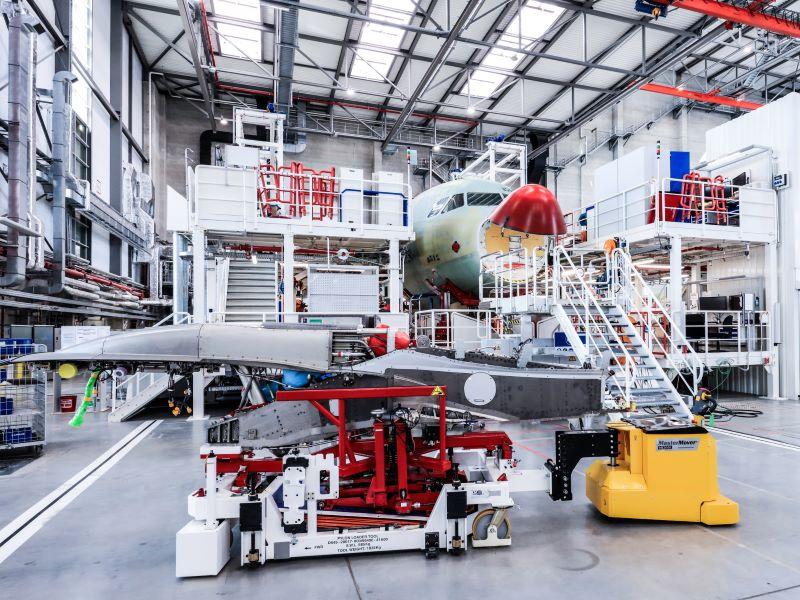
Credit: Airbus
Boeing's ongoing struggles and Airbus’ recent acknowledgment that its narrowbody rate ramp-up schedule was too ambitious mean more fleet-planning headaches for affected operators. It also means more opportunity—and pressure—for aftermarket providers. “Aerospace supply chain issues have again raised...
Subscription Required
Daily Memo: OEM Struggles Feed MRO Super Cycle is published in Aviation Daily, an Aviation Week Intelligence Network (AWIN) Market Briefing and is included with your AWIN membership.
Already a member of AWIN or subscribe to Aviation Daily through your company? Login with your existing email and password
Not a member? Learn how to access the market intelligence and data you need to stay abreast of what's happening in the air transport community.





